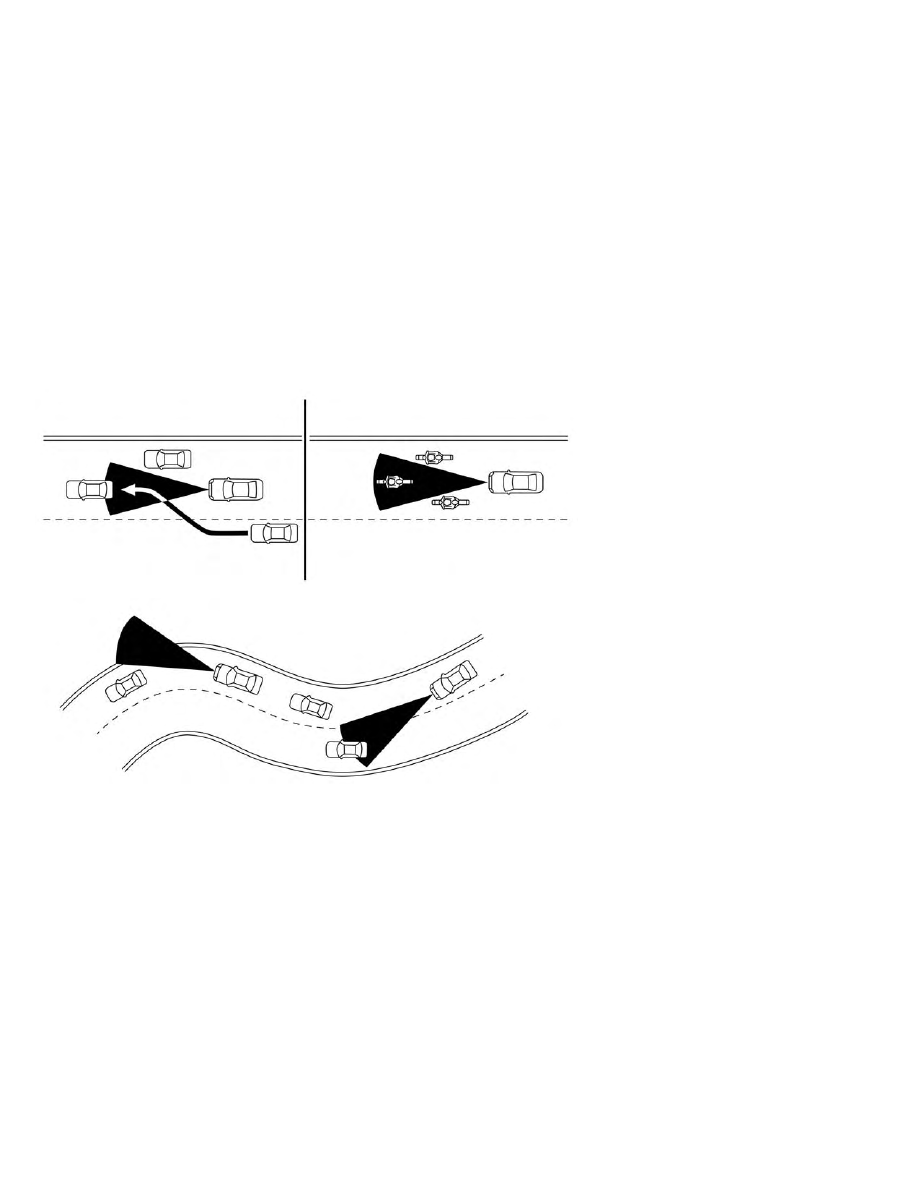Nissan Leaf (2019 year). Instruction - part 26

When driving on some roads, such as wind-
ing, hilly, curved, narrow roads, or roads
which are under construction, the ICC sen-
sor may detect vehicles in a different lane,
or may temporarily not detect a vehicle
traveling ahead. This may cause the ICC
system to decelerate or accelerate the ve-
hicle.
The detection of vehicles may also be af-
fected by vehicle operation (steering ma-
neuver or traveling position in the lane, etc.)
or vehicle condition.
If this occurs, the ICC system may warn
you by blinking the system indicator and
sounding the chime unexpectedly. You
will have to manually control the proper
distance away from the vehicle traveling
ahead.
5-70
Starting and driving